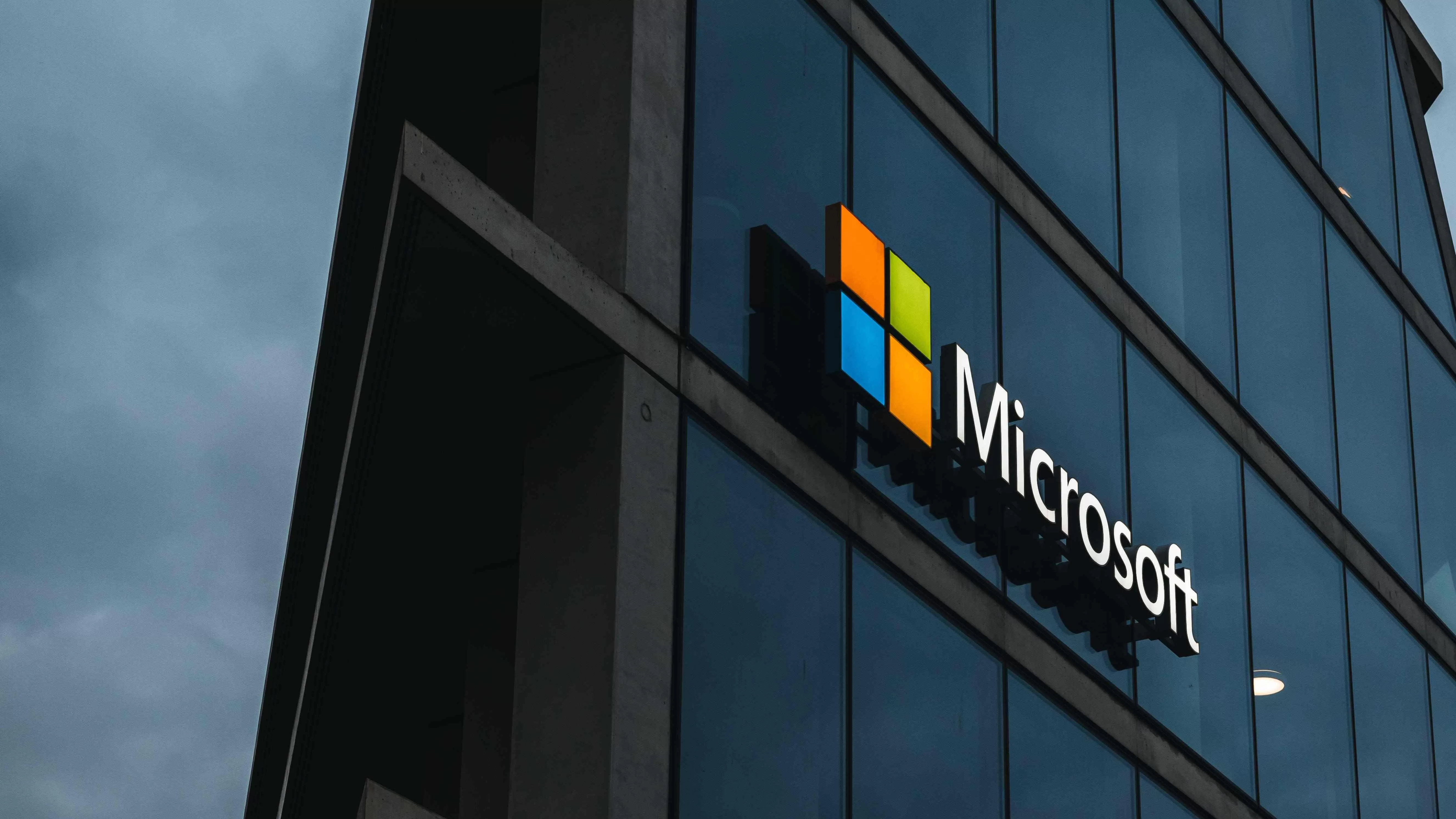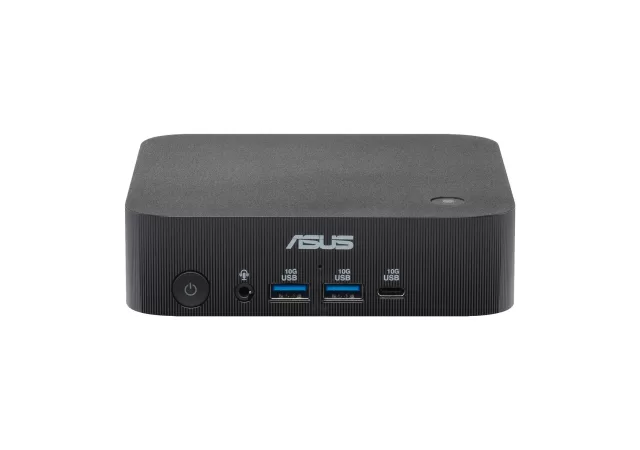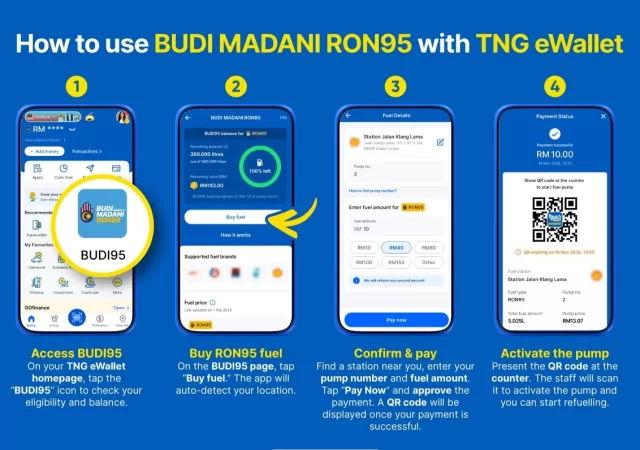
Microsoft has shut down its Windows Mixed Reality (WMR) in a quiet update tucked away among other outdated Windows features that were recently released, listing out the many different softwares, apps, and modes being decrypted and shut down.
WMR came from Microsoft’s goal to have its own program when the AR/VR market began to be popular around 2017. HTC and Oculus (now Meta) were the reigning winners then, but Microsoft had a different vision. Instead of focusing primarily on VR immersion, WMR adopted the mixed reality concept, in which digital aspects blend seamlessly with the physical world. This vision piqued the interest of both developers and customers, promising a future in which education and entertainment could ascend higher in a more fufilling experience.
A flurry of headsets from partners such as Acer, Dell, and HP entered the market supported with WMR programs, providing a less expensive alternative to Oculus and HTC. The platform included an easy-to-use interface and access to an extensive library of VR games and experiences. They also joined the enterprise sphere, discovering uses in product design and remote collaboration.
Sadly, despite its initial promise, WMR had several difficulties. Many of these were due to technical restrictions. The virtual surroundings felt less polished and responsive when compared to competitors. The absence of standout apps and memorable experiences hindered its appeal to die-hard VR fans. While it was advertised at low prices, the quality control difficulties with its headsets impacted the user’s experience.
Besides that, some internal issues at Microsoft had a role in the flunking of WMR. The resignation of HoloLens leader Alex Kipman and, more significantly, company-wide cutbacks impacted the division in charge of WMR. As a result, updates and new features were reduced to a trickle, leaving its software stagnant.

However, Microsoft’s departure from WMR does not indicate a complete withdrawal from the AR/VR market. Microsoft still has hopes for HoloLens 2 for business applications. They have added a recent free update to Windows 11 and has additional functionalities.
Furthermore, Microsoft is still pushing for VR uses, such as their Microsoft Mesh App. Their collaboration with Meta allows Quest users to use apps like Word and Excel in VR, blurring the distinction between physical and digital workspaces. It is also to be noted that their latest collaborations include Xbox Cloud Gaming, which allows gamers to access their Xbox Cloud libraries and games to their heart’s content via the Quest headsets.






